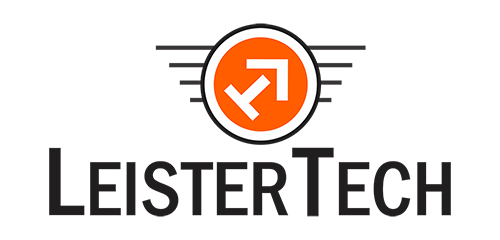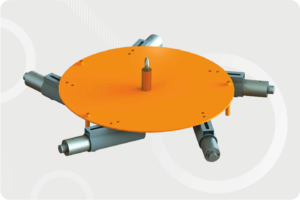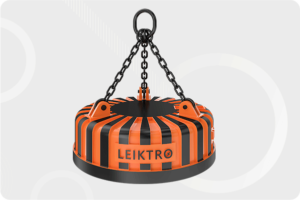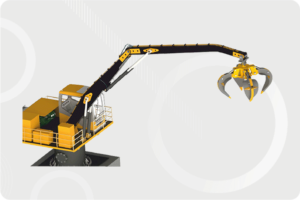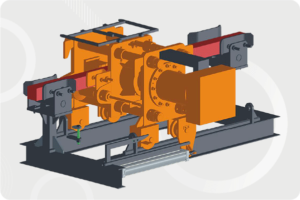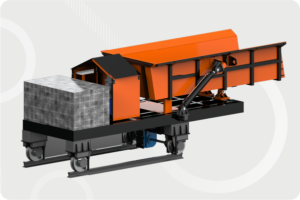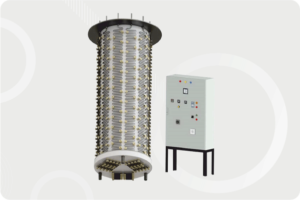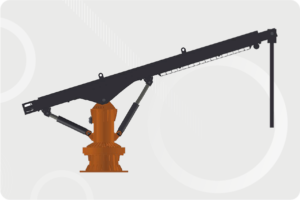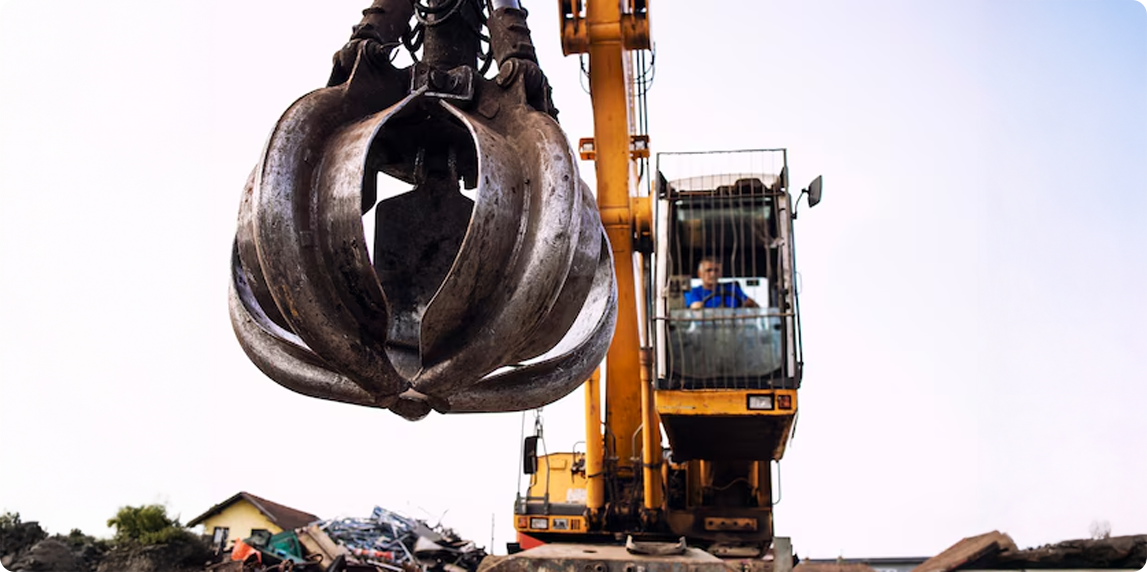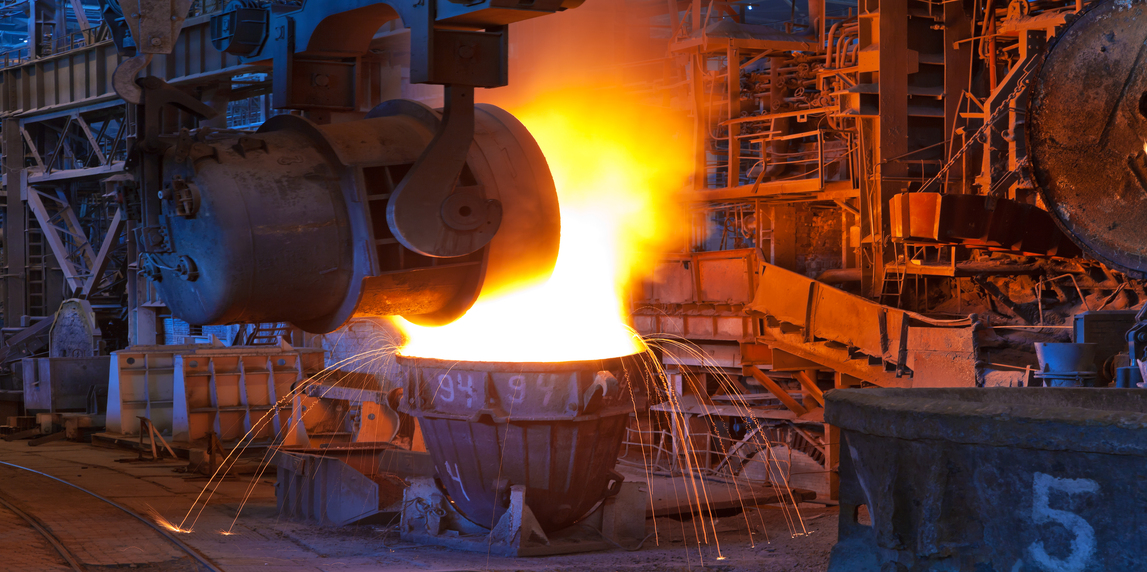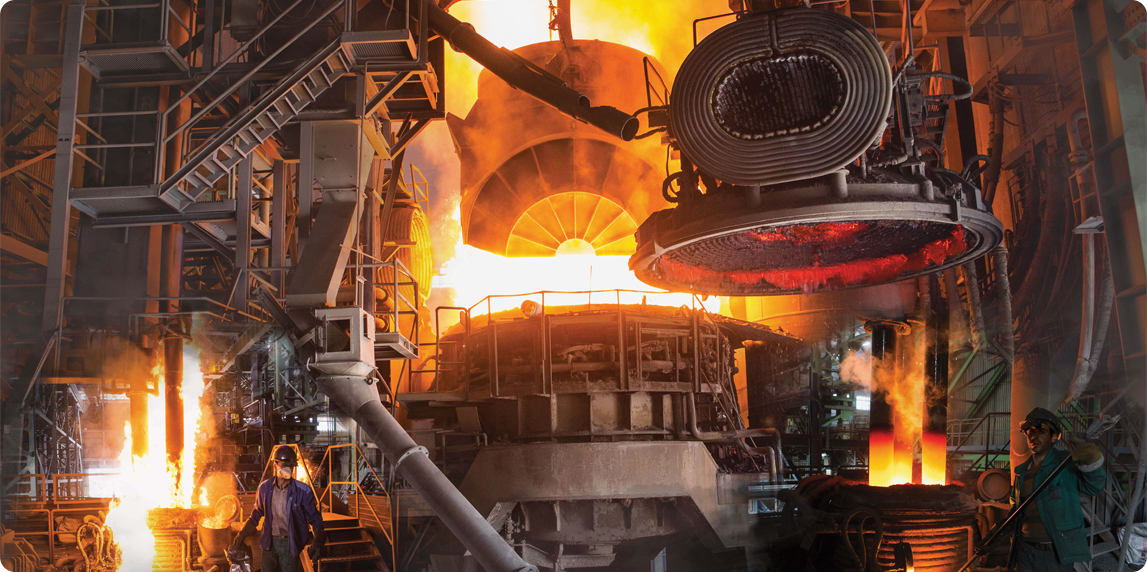
In today’s competitive manufacturing landscape, reducing operational costs is crucial for maintaining profitability and ensuring long-term success. Companies are constantly seeking ways to optimize their processes, minimize waste, and enhance efficiency. By implementing effective cost-saving strategies, manufacturers can achieve significant reductions in operational expenses. In this blog, we’ll explore practical tips for reducing operational costs in industrial manufacturing, highlighting how LeisterTech’s machinery exemplifies these cost-effective solutions.
1. Embrace Energy Efficiency
Energy consumption is a major component of operational costs in manufacturing. By adopting energy-efficient practices and technologies, manufacturers can achieve substantial savings and reduce their environmental footprint.
Tips for Improving Energy Efficiency:
- Upgrade to Energy-Efficient Equipment: Invest in machinery that is designed to consume less energy while delivering high performance. LeisterTech’s range of products, such as the Hot Billet Shearing Machine and Lifting Magnets, incorporates energy-efficient technologies to minimize energy usage without compromising productivity.
- Implement Energy Management Systems: Use energy management systems to monitor and control energy consumption in real-time. This enables manufacturers to identify areas where energy is being wasted and take corrective actions.
- Optimize Heating and Cooling Systems: Regular maintenance and optimization of heating and cooling systems can lead to significant energy savings. Consider using energy-efficient heating and cooling solutions to reduce operational costs.
2. Adopt Lean Manufacturing Principles
Lean manufacturing focuses on eliminating waste and improving efficiency throughout the production process. By implementing lean principles, manufacturers can streamline operations and reduce costs associated with excess inventory, overproduction, and inefficient processes.
Tips for Implementing Lean Manufacturing:
- Streamline Processes: Analyze and optimize production workflows to eliminate bottlenecks and reduce lead times. LeisterTech’s products, like the Lining Vibrator and Scrap Transfer Trolley, are designed to enhance process efficiency and support lean manufacturing practices.
- Reduce Waste: Implement practices to minimize waste in materials, time, and labor. This includes optimizing material usage and reducing downtime through effective scheduling and maintenance.
- Continuous Improvement: Foster a culture of continuous improvement by regularly evaluating processes and seeking opportunities for enhancement. Encourage employees to contribute ideas for reducing waste and improving efficiency.
3. Invest in Predictive Maintenance
Regular maintenance is essential for ensuring the longevity and performance of industrial machinery. Predictive maintenance goes a step further by using data and analytics to anticipate potential issues before they result in costly downtime or repairs.
Tips for Effective Predictive Maintenance:
- Use Condition Monitoring Tools: Implement condition monitoring tools to track the health and performance of machinery. LeisterTech’s equipment is designed with advanced monitoring features that help detect early signs of wear and tear, allowing for timely maintenance and reducing unexpected breakdowns.
- Analyze Data: Leverage data analytics to predict maintenance needs and schedule interventions proactively. By analyzing performance data, manufacturers can optimize maintenance schedules and prevent costly disruptions.
- Train Personnel: Ensure that maintenance personnel are trained to use predictive maintenance tools and techniques effectively. Proper training helps in accurate diagnosis and timely intervention.
4. Optimize Equipment Utilization
Effective equipment utilization is key to reducing operational costs. By ensuring that machinery is used efficiently and maintained properly, manufacturers can maximize productivity and minimize costs associated with downtime and repairs.
Tips for Optimizing Equipment Utilization:
- Regular Maintenance: Implement a robust maintenance schedule to keep equipment in optimal condition. LeisterTech’s machinery, such as the Hydraulic Pusher and Baling Press, is designed for durability and ease of maintenance, helping to minimize downtime and extend equipment life.
- Maximize Equipment Usage: Ensure that equipment is used to its full capacity and avoid idle time. Proper scheduling and planning can help in achieving optimal utilization and reducing operational costs.
- Upgrade Equipment: Consider upgrading to modern equipment with advanced features that improve efficiency and reduce operational costs. LeisterTech’s innovative solutions provide state-of-the-art technology that enhances performance and reduces overall costs.
5. Implement Effective Inventory Management
Inventory management plays a crucial role in controlling operational costs. Efficient inventory management ensures that materials and products are available when needed without overstocking or tying up capital in excess inventory.
Tips for Effective Inventory Management:
- Use Inventory Management Software: Implement software solutions to track inventory levels, manage orders, and optimize stock levels. This helps in reducing carrying costs and minimizing the risk of stockouts or overstocking.
- Implement Just-In-Time (JIT) Inventory: Adopt JIT inventory practices to reduce holding costs and improve cash flow. By ordering materials and components only as needed, manufacturers can reduce inventory costs and improve efficiency.
- Monitor Inventory Turnover: Regularly analyze inventory turnover rates to identify slow-moving items and make adjustments to purchasing and production schedules.
6. Leverage Automation for Cost Savings
Automation technologies can significantly reduce operational costs by streamlining processes and improving efficiency. Automated systems minimize the need for manual intervention, reduce errors, and enhance overall productivity.
Tips for Leveraging Automation:
- Invest in Automated Equipment: Incorporate automated machinery into your production lines to improve efficiency and reduce labor costs. LeisterTech’s products, such as the Stationary Cranes and Ladle Transfer Trolley, feature automation capabilities that enhance productivity and cost-effectiveness.
- Integrate Automation with Existing Systems: Ensure that automation systems are compatible with existing equipment and processes to achieve seamless integration and maximize cost savings.
- Monitor and Optimize Automation Performance: Regularly assess the performance of automated systems and make adjustments as needed to ensure optimal efficiency and cost savings.
Conclusion
Reducing operational costs in industrial manufacturing requires a multifaceted approach that includes energy efficiency, lean manufacturing, predictive maintenance, optimized equipment utilization, effective inventory management, and automation. By implementing these cost-saving strategies, manufacturers can achieve significant reductions in operational expenses and enhance their overall profitability.
LeisterTech’s commitment to providing advanced, cost-effective machinery aligns with these strategies, offering solutions that support energy efficiency, lean manufacturing, and automation. Explore how LeisterTech’s innovative products can help you reduce operational costs and drive success in your manufacturing operations.
